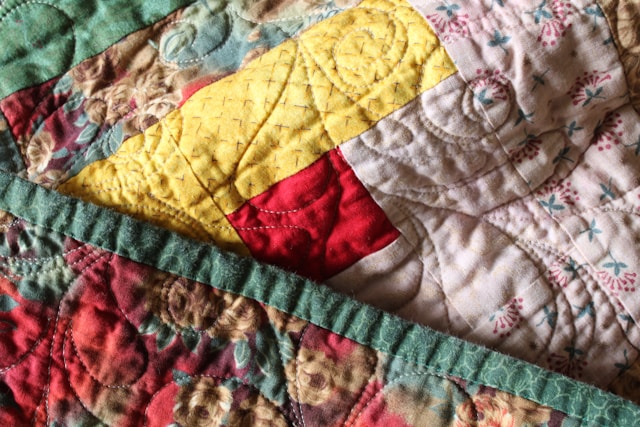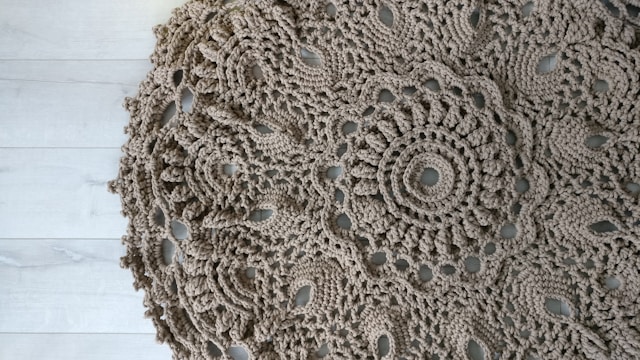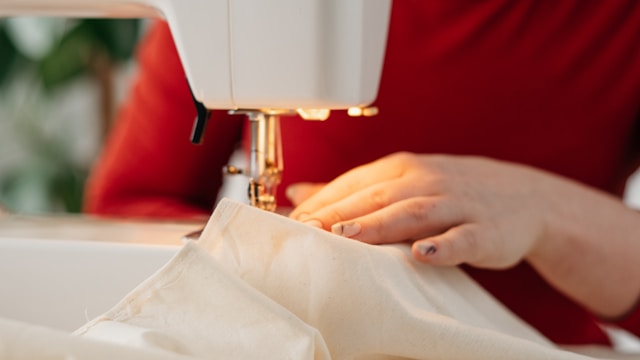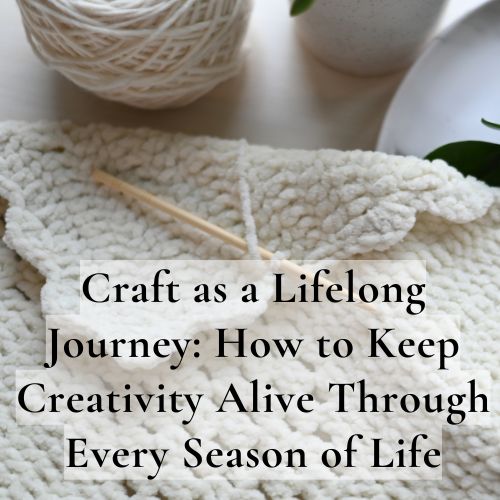There have been times in my life when creativity has come effortlessly—when I couldn’t wait to pick up my yarn, thread, or fabric and get lost in the rhythm of making.
And there have been other times when I’ve set my craft aside, unsure if I’d ever feel inspired again.
But no matter how many times I’ve drifted away, I’ve always come back.
Because creativity isn’t just about having time, or being inspired, or working toward a finished piece. It’s about staying connected to something deeper—something that grows and shifts alongside us.
If you’ve ever felt creatively stuck, lost motivation, or wondered how to keep your craft practice alive through different seasons of life, this post is for you.
Let’s explore how creativity evolves over time, why crafting is a lifelong practice, and how to nurture your creative spark—no matter where you are in your journey.
🧶 Want to learn more? Click here to join Craft to Heal.

The Science: Why Creativity Is Essential at Every Stage of Life
Creativity isn’t just something we do for fun—it plays a key role in cognitive function, emotional resilience, and personal growth throughout life.
Here’s why staying engaged with creative practice is so important:
🧠 It Keeps the Brain Active and Healthy
✔ Research shows that engaging in lifelong creative activities supports cognitive function and may help prevent memory decline.
✔ Hands-on activities like knitting, quilting, rag rug weaving and embroidery help develop fine motor skills and hand-eye coordination over time.
💡 It Helps Us Adapt to Life’s Changes
✔ Creativity gives us a sense of agency and problem-solving skills, helping us navigate transitions and challenges.
✔ Engaging in creative work has been linked to greater emotional resilience—especially during times of loss, change, or uncertainty.
❤️ It Provides a Lasting Sense of Fulfillment
✔ People who engage in creative hobbies throughout their lives report higher overall life satisfaction.
✔ Crafting provides a lifelong source of joy, connection, and personal expression.
In short? Creativity is a practice that grows with us. It’s not something we outgrow—it’s something we return to, over and over again.

How to Keep Creativity Alive Through Every Stage of Life
If you want to keep your craft practice sustainable, fulfilling, and joyful for years to come, here are some ways to nurture it:
1. Give Yourself Permission to Evolve
Your creative journey won’t always look the same—and that’s okay.
✔ Maybe you used to make elaborate quilts, but now you prefer small, meditative stitching projects.
✔ Maybe you used to craft daily, but now you only create when you feel called to.
✔ Maybe you’re drawn to new materials, techniques, or styles you never expected.
Let your creativity change with you.
📌 Try This: Look back at your earliest craft projects—what’s changed? How have your materials, colors, or themes evolved over time?
2. Keep a Creative Journal or “Idea Bank”
There will be seasons when inspiration flows, and seasons when it doesn’t. Having a space to capture ideas ensures that creativity is always within reach.
✔ Keep a notebook where you jot down patterns, color schemes, or project ideas.
✔ Save inspiration—cut out images, collect fabric swatches, or sketch rough designs.
✔ When you feel stuck, return to your idea bank to reignite your creative spark.
📌 Try This: Start a “craft journal” where you document projects, ideas, or creative reflections over time.
3. Explore New Techniques and Challenges
One of the best ways to keep creativity alive is to try something new.
✔ Learn a technique you’ve never tried before—maybe embroidery, weaving, or visible mending.
✔ Experiment with different materials—natural fibers, recycled textiles, unexpected textures.
✔ Set small creative challenges to keep things fresh—like trying a new stitch every month or making one small project a week.
📌 Try This: Pick one new fiber art technique to explore this year—just for fun!
4. Share Your Creativity With Others
Creativity thrives in connection. If you feel uninspired, sharing your work with others can reignite your passion.
✔ Teach a craft to a friend, child, or loved one.
✔ Join a creative community—online or in person.
✔ Start a long-term project that can be passed down through generations.
📌 Try This: Write a letter to your future self about why creativity matters to you—something you can look back on when you need inspiration.
5. Trust That Creativity Will Always Come Back
If you ever feel like you’ve “lost” your creativity, remember this:
🧶 Creativity is not a skill you forget—it’s something that lives in you.
🧵 Even if you step away, your hands will remember how to make.
🪡 There’s no “right” way to be a maker—your creative practice is yours to shape.
📌 Try This: If you’re feeling uninspired, give yourself permission to take a break—trusting that when you’re ready, creativity will meet you there.
Explore This Deeper in Craft to Heal
If you want to build a lifelong creative practice—one that grows with you and brings you fulfillment at every stage of life—Craft to Heal was designed for you.
In our March 18th workshop, we’ll explore:
🧵 How to create a sustainable, evolving creative practice
🪡 Ways to stay inspired through different life seasons
🧶 Creative exercises that nurture long-term artistic growth
If you’re ready to embrace your craft as a lifelong journey, I’d love to have you join us.
🧶 Want to learn more? Click here to join Craft to Heal.

Your Creativity is Always With You
No matter where you are in life—whether you’re crafting daily or haven’t picked up your tools in years—your creativity is still there.
Waiting.
Resting.
Ready for you when you need it.
So keep making. Keep stitching. Keep trusting that this is a lifelong journey—one that will continue to bring you joy, meaning, and connection for years to come.
Because your creativity isn’t something you’ll lose—it’s something you’ll carry with you, always.
